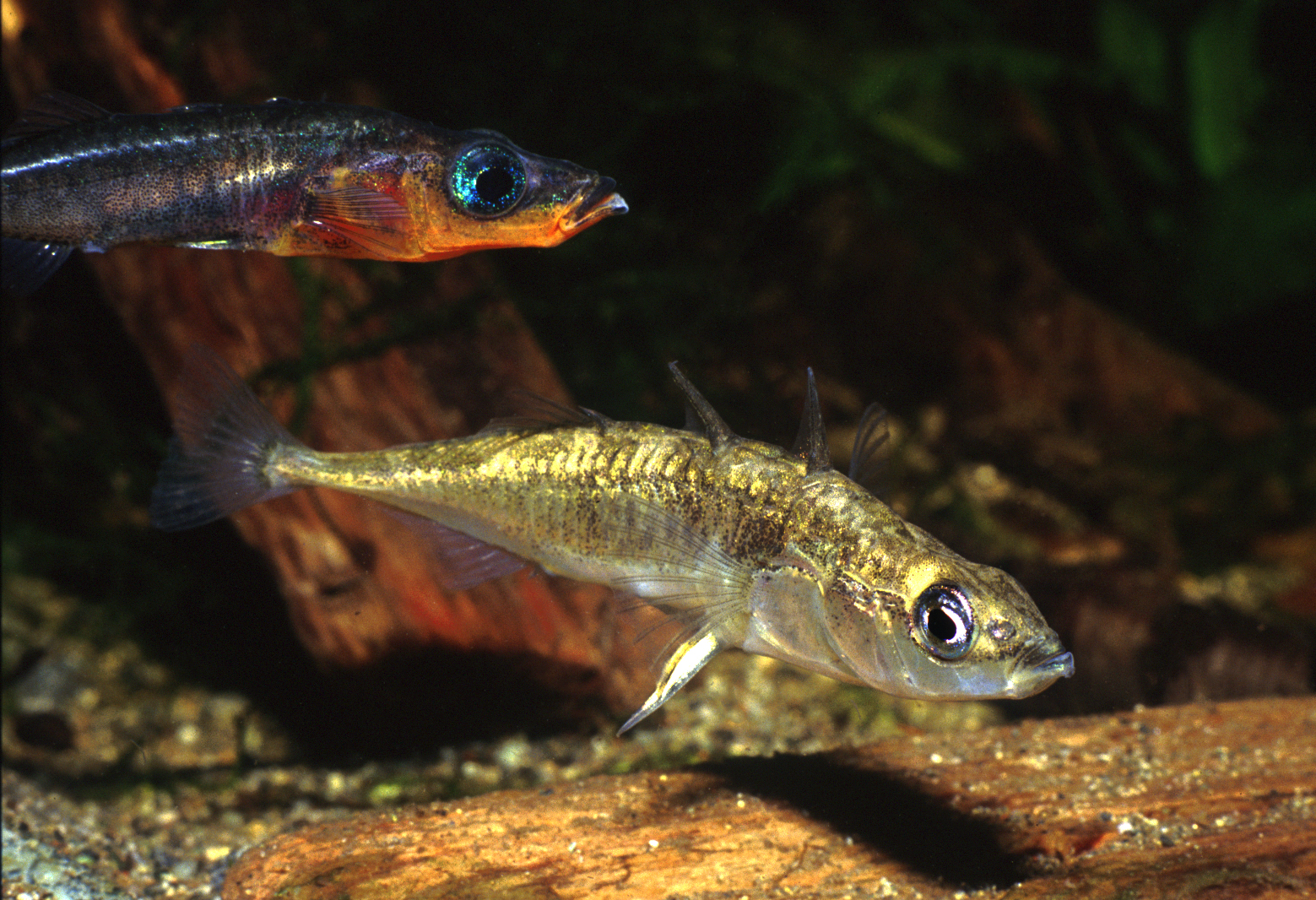Newly introduced species of fish speeds up evolution in BC lake
February 23, 2016

February 23, 2016

Just three years after crayfish were introduced to a BC lake, two species of fish that had existed in the lake for thousands of years were suddenly extinct.
And the hybrid species that took their place has scientists fascinated.
New research from UBC shows that when humans speed up the usually slow process of evolution by introducing new species, it can result in a lasting impact on the ecosystem. The phenomenon is known as reverse speciation and researchers witnessed it in Enos Lake on Vancouver Island where two similar species of threespine stickleback fish disappeared within three years.
“When two similar species are in one environment, they often perform different ecological roles,” said Seth Rudman, a PhD student in zoology at UBC. “When they go extinct, it has strong consequences for the ecosystem.”
Two species of endangered threespine stickleback fish lived in the lake. One lived in the middle of the lake and ate mostly zooplankton while the other lived closer to the shore, eating insects that spent their larval stage in the water. In the mid-1990s, crayfish were introduced to the lake. Between 1994 and 1997, researchers documented how both species disappeared as a result of interbreeding, leaving only a hybrid species.
In this study, published recently in Current Biology, researchers document how the shift from two distinct species to one hybrid species impacted the lake’s ecosystem. The new stickleback hybrid doesn’t perform all of the functions as its predecessors. It spends more time near the shore of the lake and eats more large insects. As a result, the number of small insects coming out of the lake has increased, showing how the changes in the lake can also cause changes to the terrestrial ecosystem. With the new hybrid, researchers have also found that the leaves that fall into the lake do not decompose as quickly.
Rudman and co-author Dolph Schluter, a professor in UBC’s department of zoology, said this is just one example of reverse speciation and that it is becoming a more common phenomenon, particularly in environments altered by humans. They also say Canada is at greater risk for these events because ‘young species' are prone to reverse speciation.
“Much of Canada’s biodiversity, particularly fish in lakes and rivers, are considered to be 'young' species that formed in the last 12,000 years or so,” said Rudman. “This type of evolution happens remarkably quickly and can cause alterations to the ecology of the ecosystem. It means we need to consider evolution in our conservation efforts.”
We honour xwməθkwəy̓ əm (Musqueam) on whose ancestral, unceded territory UBC Vancouver is situated. UBC Science is committed to building meaningful relationships with Indigenous peoples so we can advance Reconciliation and ensure traditional ways of knowing enrich our teaching and research.
Learn more: Musqueam First Nation